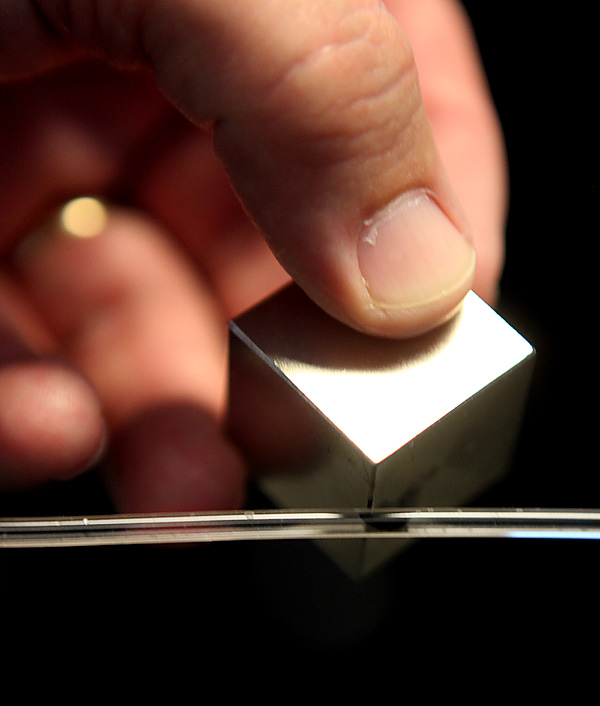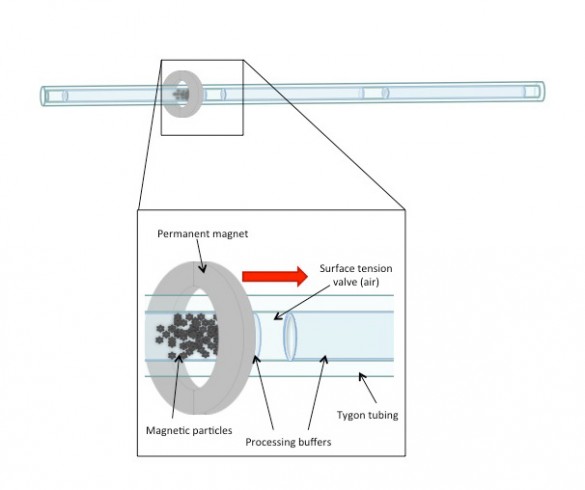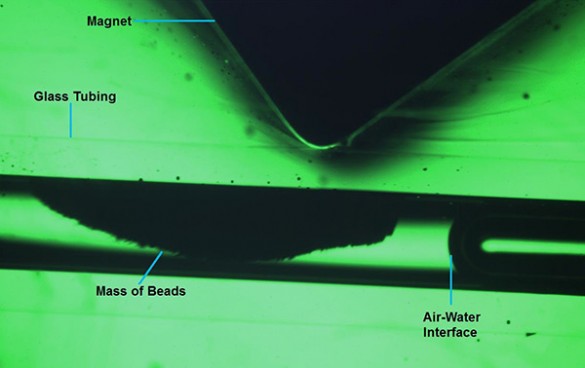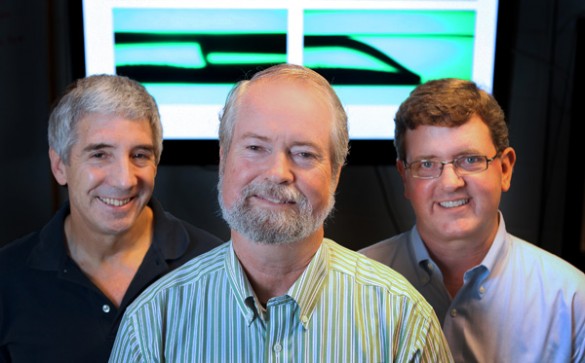They call it “The Extractionator.” The prototype looks like nothing more than a length of clear plastic tubing until you inspect it closely. But it could be the basis of an easy-to-use and low-cost sample collection and preparation system that will help bring the benefits of medical diagnostic testing to the people who live in the poorest areas of the world.

The device is the bright idea of an interdisciplinary team of Vanderbilt scientists and the Bill & Melinda Gates Foundation has given them $1 million to develop it. The grant is part of the Grand Challenges in Global Health initiative that seeks to engage creative minds across scientific disciplines to work on solutions that could lead to breakthrough advances for those in resource-poor settings.
The Grand Challenges point-of-care diagnostics program provides funding to scientists and researchers worldwide to create technologies and components to assess conditions and pathogens at the point-of-care in the developing world. Performing a wide variety of diagnostic tests is the first step in treating most patients in a modern hospital, but they are difficult if not impossible to administer in rural clinics without highly trained technicians, sophisticated medical equipment, electricity or water.
Collecting and preparing the patient samples required for these tests is the goal of the Vanderbilt research, which is being performed by Rick Haselton, professor of biomedical engineering, David Wright, associate professor of chemistry, and Ray Mernaugh, associate professor of biochemistry.
The device that they are developing is deceptively simple. It consists of a length of clear plastic tubing. The tubing is filled with a series of liquid chambers separated by short lengths of air. At one end, the tube also contains a number of tiny magnetic beads.

- Schematic of the Extractionator. (Courtesy of the Haselton Lab/Vanderbilt University)
It works something like a miniature car wash. When a patient sample is introduced into the end of the tube, the operator uses an external magnet first to coat the beads with the target material. The beads have special coatings that bind with the specific biological molecules needed for a given diagnostic test. The operator then drags the beads through the air spaces, which the engineers call surface tension valves, into the subsequent chambers. Each of the sequential chambers contains special chemicals that remove molecules that interfere with the accuracy of the test. As a result, when the beads reach the other end of the tube, they carry a purified and concentrated sample of the sort required for testing.
“To our knowledge there is no other point-of-care extraction device that has the same level of simplicity, convenience, low cost and ease-of-use,” said Haselton.
The ultimate goal is to make sample collection and preparation so simple that it can operated properly with people with little training and can be easily integrated with the other detection methods under development by other grantees.

The magnetic beads and a surface tension valve are clearly shown in this magnified view of the Extractionator prototype. (Courtesy of the Haselton Lab / Vanderbilt University) The researchers have explored how the system works with two potential applications – biomarkers for the RSV respiratory virus and for malaria – and found that their system is effective. They evaluated the extraction and concentration of the RSV biomarker in the greatest detail and found that the Extractionator worked as well as the commercial, lab-based kits that are currently available.
“It’s low-tech, high-science,” said Wright.
The surface tension valves that keep the different liquid baths apart are formed by a specific balance between the surface tension of the liquid, the internal diameter of the tubing and the electrical properties of the plastic. One of the team’s research goals is to identify the various physical features that effect valve formation. The chemical make-up of the plastic is also critical because biological molecules stick to the surface of many plastics, so they need to identify types of plastic that are chemical inert relative to biological molecules.
In addition, there is the issue of the coating on the magnetic beads. So far, they are customizing the coating so that it picks up a single biomarker that can be used for a specific diagnostic test. “In the future we want to develop a coating that will target 20 different targets in a single sample,” Mernaugh said. “That would produce a sample that can be used for a number of different tests.”

The principal investigators on the Extractionator project are biomedical engineer Rick Haselton, front, biochemist Ray Mernaugh, left, and chemist David Wright, right. (Susan Urmy/Vanderbilt University)